In the last two years, the issue of ammonia emissions from agriculture has come to prominence, and it is now perhaps the greatest long-term environmental challenge facing local farmers.
The basis of the problem is clearly laid out in the Making Ammonia Visible report published in December 2017 by the expert group led by former UFU President John Gilliland. It highlighted the damage that ammonia does to important habitats, and the government targets and international obligations in place to cut emissions, and therefore improve air quality.
In NI, the issue of ammonia is most acute for agriculture, given that the farming industry is responsible for over 90% of total ammonia emissions. For every square kilometre of land area, emissions here are twice those of England and Wales, five times more than Scotland, and also significantly ahead of the Republic of Ireland.
With over 70% of agriculture-related emissions in NI coming from cattle production, and more specifically, mainly from activities related to housing, it is inevitable that much of the focus will fall on dairy and beef producers.
Already, a ban on the sale of tankers fitted with splash plates has been suggested from 2020, ahead of a total ban from 2025. Unless the industry moves to address the issue of ammonia, more rules could follow.
It is an argument made by Tom Gill, the head of environment with Promar International.
Speaking to the Irish Farmers Journal, Gill believes that farmers and the wider livestock industry must take a proactive approach, starting now.
“Every other industry is making changes driven by environmental concerns. But ammonia is specific to agriculture. We can’t stick our heads in the sand. If we do, the message it will send to consumers after Brexit will be seriously negative. We will just end up with a heavy regulatory burden, and saddling even more cost on to the next generation of farmers,” he said.
While there is a clear need for more research and development work into new technology or new processes that could reduce emissions, he outlines three key areas where farmers should start to make changes.
1) Livestock housing. The mixing of urine and faeces is a significant cause of ammonia. It is estimated that the regular cleaning of solid floors could reduce ammonia emissions by up to half.
“Maintaining a dry floor is not a big capital cost. It could mean running scrapers every 30 to 40 minutes, rather than every hour. With less build-up of ammonia in a shed, there is also an animal health and welfare benefit for cattle,” said Gill.
2) Diet. The report completed by the Gilliland-led group highlighted that for every 1% reduction in the crude protein content of pig diets, there could be an 8 to 10% reduction in ammonia. It is thought that the same principles could apply to cattle, with lower protein in diets leading to less nitrogen being excreted in urine, and less ammonia being produced.
“In most dairy herds, we have managed to take protein down to 18%, and some are getting as low as 16%, which will significantly reduce emissions. We have got to make sure diets are carefully managed so we don’t hit other traits such as fertility, but it can provide real savings to a business,” suggested Gill.
3) Slurry management. Low-emission spreading techniques incorporating band spreaders (dribble bars) or trailing shoes have been around for a number of years, and are set to become the norm over the next decade. Compared to a splash plate, research has shown that a band spreader or trailing shoe will reduce ammonia emissions by 26% and 57% respectively.
With less ammonia lost to the air, it means more nitrogen is available for plant growth. But this must be factored against lower work rates and higher contractor charges. Adding everything together, AFBI research has estimated that using a trailing shoe will produce a net benefit of around £8 to £10/ha.
“Slurry application is our biggest problem. We will all have to move away from splash plates, and ideally to the trailing shoe. There is a financial benefit to be had, but it is a significant investment, which is why we also need to build in incentives, such as access to grant funding,” said Gill.
The other area where farmers will be encouraged to make changes is in the use of straight urea fertiliser. Research has shown that up to 50% of nitrogen in urea can be lost as ammonia, but treating urea with an inhibitor can significantly reduce these losses. Treating urea adds cost, but still leaves the product at generally the same price (per kg of N) as CAN.
The Gilliland-led group has recommended that the sale of all straight urea fertiliser is banned from 2020.
Opportunity
Taking everything together, it is clear that the problem of ammonia is going to bring significant change in agriculture. But as pointed out by Tom Gill, by focusing on lowering emissions, there is also an opportunity for farmers to drive efficiency, increase profit and make their businesses more resilient for the future.
“We also need to make sure this doesn’t all fall onto farmers. The whole supply chain, and government, has a role to play in ensuring the right incentives are in place. It is going to take a collective effort across all parties,” concluded Gill.
Read more
Ammonia fast becoming a stumbling block for agriculture - UFU president
Lakeland to look at ways to reduce ammonia emissions
In the last two years, the issue of ammonia emissions from agriculture has come to prominence, and it is now perhaps the greatest long-term environmental challenge facing local farmers.
The basis of the problem is clearly laid out in the Making Ammonia Visible report published in December 2017 by the expert group led by former UFU President John Gilliland. It highlighted the damage that ammonia does to important habitats, and the government targets and international obligations in place to cut emissions, and therefore improve air quality.
In NI, the issue of ammonia is most acute for agriculture, given that the farming industry is responsible for over 90% of total ammonia emissions. For every square kilometre of land area, emissions here are twice those of England and Wales, five times more than Scotland, and also significantly ahead of the Republic of Ireland.
With over 70% of agriculture-related emissions in NI coming from cattle production, and more specifically, mainly from activities related to housing, it is inevitable that much of the focus will fall on dairy and beef producers.
Already, a ban on the sale of tankers fitted with splash plates has been suggested from 2020, ahead of a total ban from 2025. Unless the industry moves to address the issue of ammonia, more rules could follow.
It is an argument made by Tom Gill, the head of environment with Promar International.
Speaking to the Irish Farmers Journal, Gill believes that farmers and the wider livestock industry must take a proactive approach, starting now.
“Every other industry is making changes driven by environmental concerns. But ammonia is specific to agriculture. We can’t stick our heads in the sand. If we do, the message it will send to consumers after Brexit will be seriously negative. We will just end up with a heavy regulatory burden, and saddling even more cost on to the next generation of farmers,” he said.
While there is a clear need for more research and development work into new technology or new processes that could reduce emissions, he outlines three key areas where farmers should start to make changes.
1) Livestock housing. The mixing of urine and faeces is a significant cause of ammonia. It is estimated that the regular cleaning of solid floors could reduce ammonia emissions by up to half.
“Maintaining a dry floor is not a big capital cost. It could mean running scrapers every 30 to 40 minutes, rather than every hour. With less build-up of ammonia in a shed, there is also an animal health and welfare benefit for cattle,” said Gill.
2) Diet. The report completed by the Gilliland-led group highlighted that for every 1% reduction in the crude protein content of pig diets, there could be an 8 to 10% reduction in ammonia. It is thought that the same principles could apply to cattle, with lower protein in diets leading to less nitrogen being excreted in urine, and less ammonia being produced.
“In most dairy herds, we have managed to take protein down to 18%, and some are getting as low as 16%, which will significantly reduce emissions. We have got to make sure diets are carefully managed so we don’t hit other traits such as fertility, but it can provide real savings to a business,” suggested Gill.
3) Slurry management. Low-emission spreading techniques incorporating band spreaders (dribble bars) or trailing shoes have been around for a number of years, and are set to become the norm over the next decade. Compared to a splash plate, research has shown that a band spreader or trailing shoe will reduce ammonia emissions by 26% and 57% respectively.
With less ammonia lost to the air, it means more nitrogen is available for plant growth. But this must be factored against lower work rates and higher contractor charges. Adding everything together, AFBI research has estimated that using a trailing shoe will produce a net benefit of around £8 to £10/ha.
“Slurry application is our biggest problem. We will all have to move away from splash plates, and ideally to the trailing shoe. There is a financial benefit to be had, but it is a significant investment, which is why we also need to build in incentives, such as access to grant funding,” said Gill.
The other area where farmers will be encouraged to make changes is in the use of straight urea fertiliser. Research has shown that up to 50% of nitrogen in urea can be lost as ammonia, but treating urea with an inhibitor can significantly reduce these losses. Treating urea adds cost, but still leaves the product at generally the same price (per kg of N) as CAN.
The Gilliland-led group has recommended that the sale of all straight urea fertiliser is banned from 2020.
Opportunity
Taking everything together, it is clear that the problem of ammonia is going to bring significant change in agriculture. But as pointed out by Tom Gill, by focusing on lowering emissions, there is also an opportunity for farmers to drive efficiency, increase profit and make their businesses more resilient for the future.
“We also need to make sure this doesn’t all fall onto farmers. The whole supply chain, and government, has a role to play in ensuring the right incentives are in place. It is going to take a collective effort across all parties,” concluded Gill.
Read more
Ammonia fast becoming a stumbling block for agriculture - UFU president
Lakeland to look at ways to reduce ammonia emissions




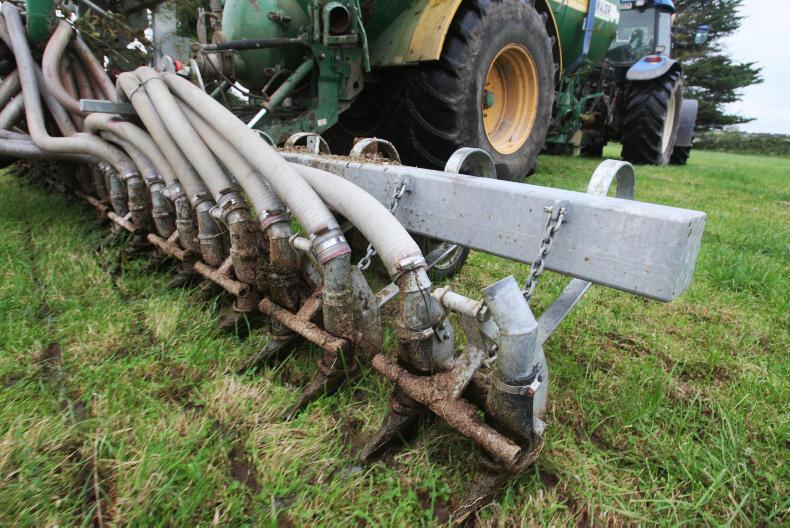
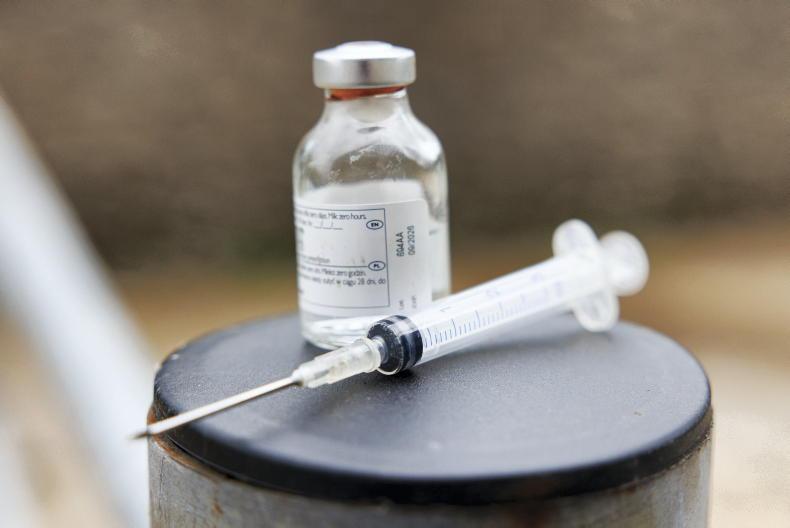
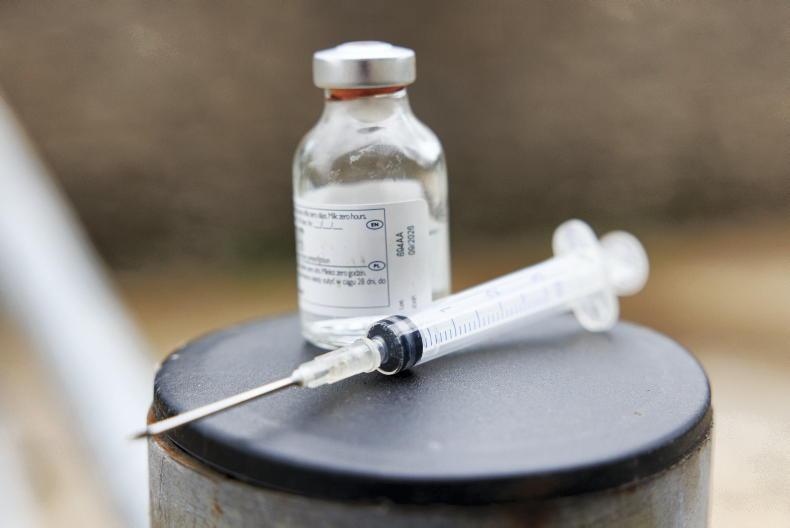
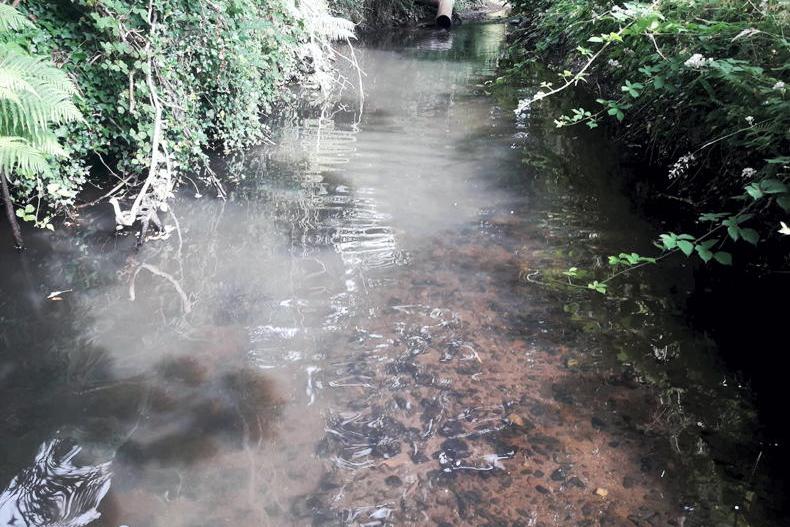
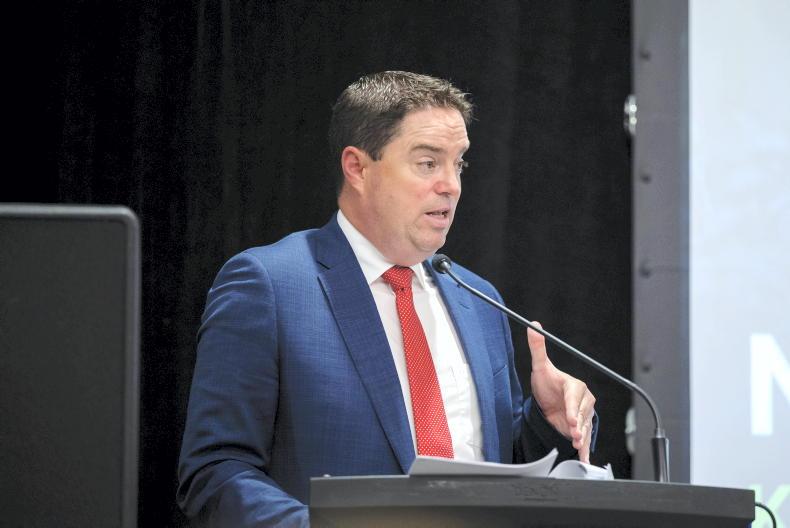
SHARING OPTIONS